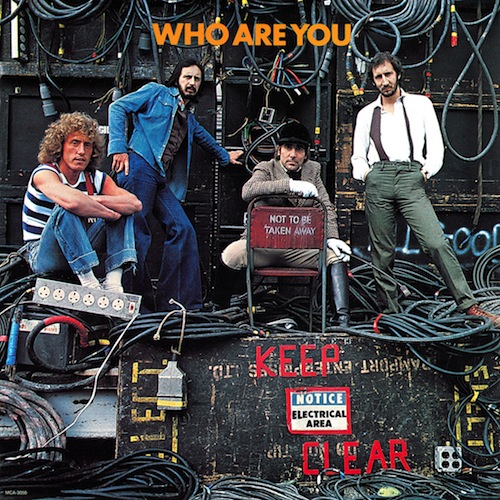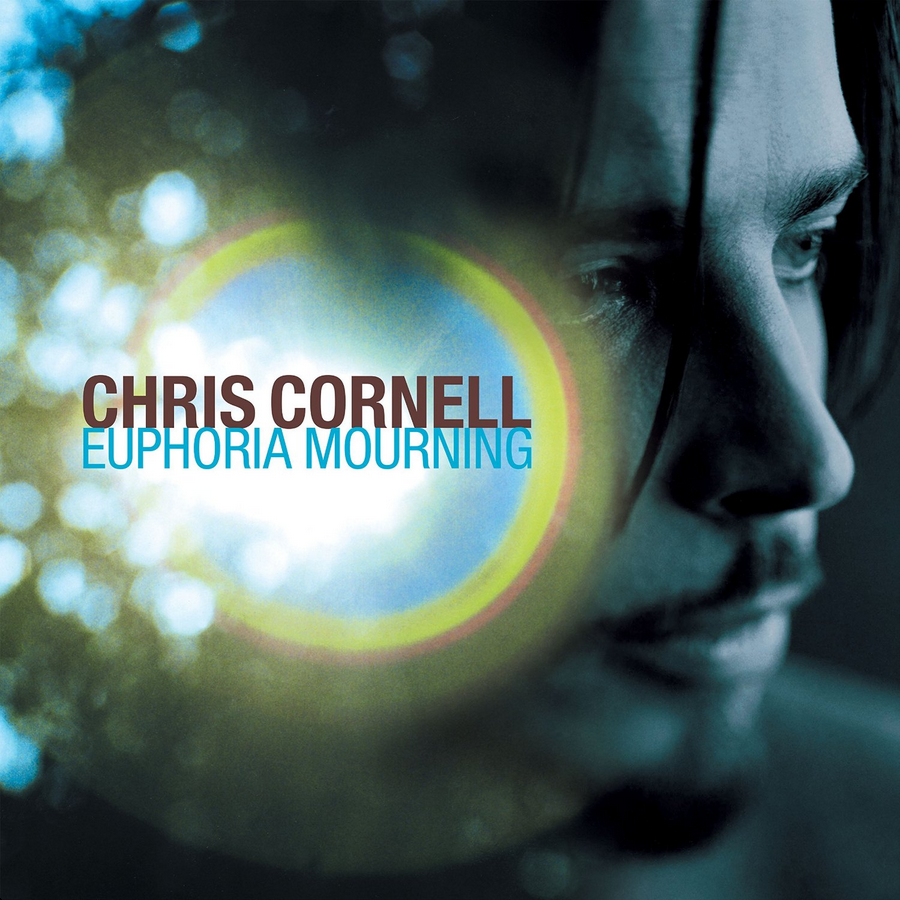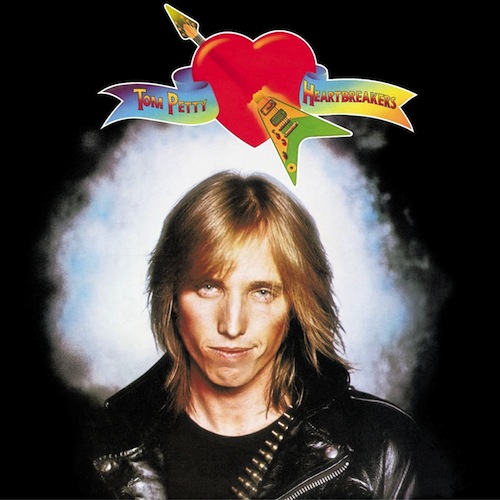STATIC AND FEEDBACK NEW/OLD CLASSIC
Dylan, the Band and capturing the flood in 1974

By NICK TAVARES
STATIC and FEEDBACK Editor
The sea of light on the front cover speaks volumes without a word. Across the expanse are dozens upon dozens of tiny flames, flickering at the end of zippo lighters and matchsticks, blanketing the area as if in some kind of rapturous vigil.
These were (presumably) some of the souls who had trekked out to a hockey arena to see two musical giants join hands and step out onto the main stage to make the music so many had clamored for. Basically, 1974 was a time where Bob Dylan rejoining forces with the Band was the cultural event of the year. And if it’s impossible to imagine such a thing registering with such force now — the mercurial poet troubadour on a coast-to-coast jaunt with the finest purveyors of Americana songcraft and musicianship — it’s at least possible to glimpse back at the excitement it generated, along with the music that supported it.
The seeds for the tour were sown in late 1973, when Dylan recruited the Band to Los Angeles to help him record what became Planet Waves. Dylan hit an artistic level on Planet Waves he hadn’t quite reached since 1967’s John Wesley Harding, and the Band were coming out of nearly two years of total dormancy, save for their Moondog Matinee cover album. If the Band was having a difficult time writing new material, they didn’t let that spill over into their performance here. That carried over to the road, and while only a few of the Planet Waves songs made the setlist, and none made this final Before the Flood album, the momentum of that success certainly carried over onto the stage.
In addition to documenting an important moment in the music of the time, there’s the technical aspect to this being one of the better-recorded live albums of the era, especially considering the limitations in capturing the cavernous sounds that can emanate from New York’s Madison Square Garden or the Los Angeles Forum. But this rides the line, capturing a clear snapshot of Dylan and the Band in the moment while translating the excitement that came with seeing the two paired and fully engaged again.
And that’s where the benefits are truly seen. There are a number of moments worth cataloging, and even after years and years of Neverending Tours, the versions of “Most Likely You Go Your Way (And I’ll Go Mine)” and “Knockin’ on Heaven’s Door” are, if not definitive, at the very least essential. Dylan snaps out the lyrics to “Ballad of a Thin Man,” while the current of Garth Hudson’s organ swirls underneath, adding a circus-like calliope vibe to the tale of the stranger who’s more than one kind of lost and should be “wearing at all times a telephone.”
But the clearest signal to the grand scale of these shows actually comes on Dylan’s solo acoustic numbers. Through “Don’t Think Twice, It’s All Right” and “Just Like a Woman,” Dylan is practically bellowing the lyrics out over the slashing cut of his guitar. It gets wilder on “It’s Alright, Ma (I’m Only Bleeding).” In another time capsule moment, he’s greeted with a thunderous applause following his line, “but even the president of the United States sometimes must have to stand naked,” about seven months before Richard Nixon would finally leave in disgrace. But more than that, Dylan howls the apex to each stanza, leading to what must have been some kind of catharsis as he shouts, “all right, what else can you show me?” And after those, he steps back into the shadows to let the Band have another turn at the mic.
There’s a simple joy in knowing that this tour — and the recording of the Planet Waves album — helped to pull both acts out of their own respective wilderness. There are Dylanologists, surely, who would’ve preferred the Band simply back Dylan and save their own songs for another night. But this tour was Dylan’s first full-fledged slate since his 1966 tour where he was also accompanied by the musicians that became the Band, and together they dodged boos night after night. Here, their presence and portion of the show likely helped to boost Dylan. Never mind saving his voice — Dylan is, again, full-throated on just about every song here — but being able to delegate a portion of the program to his more-than-able support surely helped ease some of the discomfort that came with touring again.
The Band’s solo performances — accounting for all of side two and half of side three — are spirited and unburdened by any weight that may have been cast later during their final tour and recording The Last Waltz. Instead, we hear a fiery “Up on Cripple Creek” to open their section of the show, and the best version of “Endless Highway” we’re likely going to get. Rick Danko’s voice bounds and rolls through the verses, tracing a world-weary road tune with an enthusiasm that helps the song cut in two directions. It’s one of the few nearly lost tunes in the Band’s catalog, but it feels right at home here, nestled between out-and-out classics “I Shall Be Released” and “The Night They Drove Old Dixie Down.”
We also have the archiving of powerful performances from Richard Manuel. Those became scarcer the farther the Band drifted from the halcyon days of Music From Big Pink and The Band, but he’s in full force on “The Shape I’m In,” and his delicate range gets a proper airing on “I Shall Be Released.” His voice is not as high a falsetto as we heard in its studio incarnation, but there’s a weariness that’s tantalizing. It’s not necessarily pretty, but it’s real. And in its choruses, Danko and Levon Helm blend in beautifully behind him, fully illustrating the power and capability of three voices.
If there’s one lost opportunity, it’s that Dylan himself doesn’t join in on his own composition with the rest of the Band. But he’s back out to close out the night and the album with an absolutely rollicking final side. “All Along the Watchtower” gently steps out of the gates with Robbie Robertson and Dylan trading little guitar licks before turning into a full gallop in an arrangement that falls somewhere between Dylan’s original recording and Jimi Hendrix’s iconic interpretation. And in that note, Robertson steps to the front on the guitar, showing off the prowess that earned him a reputation as a high-flyer in his younger Hawks days before settling down in his songwriting. “Highway 61 Revisted” gets dramatically reworked, which serves as a signal for Dylan’s future live direction, and if “Like a Rolling Stone” sounds different from its studio version, it keeps nearly the same punch it had in 1966, when Dylan and the Band used it to silence the critics at the conclusion of those tortured shows. Here, it’s simply triumphant, with no need to drown out any naysayers.
The flood soon came in earnest for Dylan. From here, he’d finish writing and recording Blood on the Tracks, arguably his greatest work and inarguably a high-water artistic mark in his career. And buoyed by this tour, he put together the Rolling Thunder Revue, his own ramshackle carnival far removed from the arena circuit, and created some of the best live music of his career.
The Band wouldn’t be quite as triumphant in its aftermath, though they did manage to craft the excellent Northern Lights—Southern Cross album, and realizing the end of their own run as a functioning unit, spun it all into the grand exit of The Last Waltz, a triumphant final triple LP and the greatest music film yet made.
But before all those peaks and valleys, entrées and goodbyes, there’s one last moment here — a full group reading of “Blowin’ in the Wind,” sending the crowd off on a lilting note, where Dylan’s most iconic poetry is given just the right amount of muscle. It’s not as contemplative as his solo renditions, but declarative, and the sound sweeps over the listener with a calming effect. If anything, it’s the aural answer to Before the Flood’s cover. It’s the sound of a thousand quivering flames alight at once, rising above the masses and captured in the moment, forever creating an artifact of a moment that was here and gone all too quickly.
E-mail Nick Tavares at nick@staticandfeedback.com






